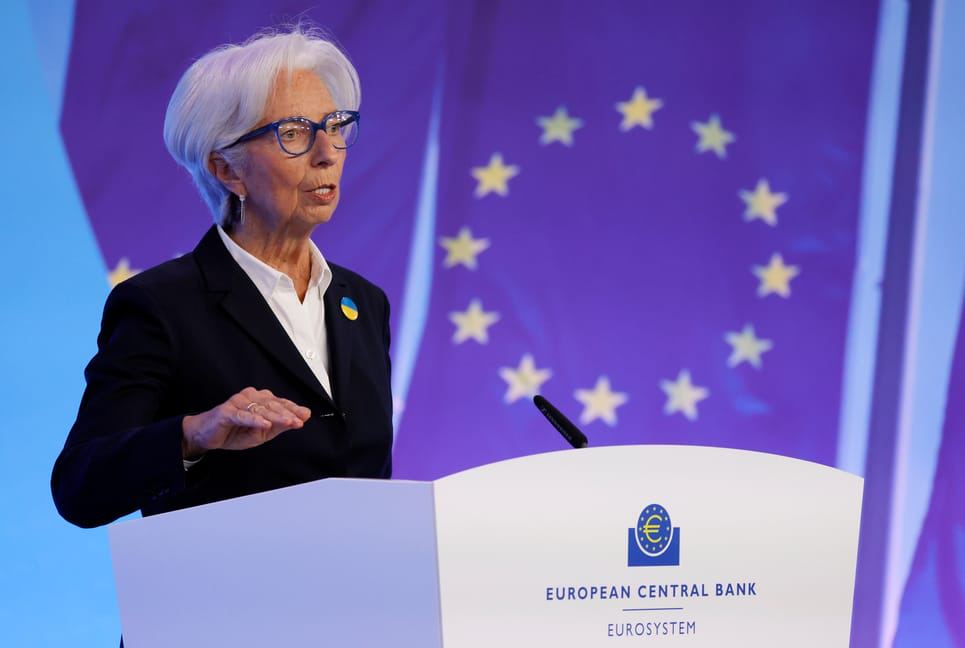European Commission Vice President Valdis Dombrovskis countered ECB President Christine Lagarde’s warning that moves against the sanctioned holdings could threaten the eurozone’s financial stability and liquidity of the common currency.
Yet the Commission pushed back against the ECB’s arguments, saying that any risk occurred – and was assessed – when Russian assets were initially blocked in February 2022, and that none of those worries had materialized so far.
Nonetheless, ECB chief Lagarde noted that a possible windfall tax on frozen Russian assets could undermine the euro and lead to a re-think among reserve holders. She added that the amount at stake was far greater than the few billions the move would generate for Ukraine.
The dispute between the European Commission and the ECB has also now divided EU member states, sources said.
Russia’s frozen assets are expected to generate about €3 billion in windfall profits or even more. Over half the assets are in cash and deposits, while a substantial amount of the remainder is in securities that will transform to cash as they mature in the next two to three years.
Many of the funds are in Belgium at settlement giant Euroclear, where they generated nearly €750 million by 1Q2023.


 Japanese
Japanese English
English French
French Hindi
Hindi Korean
Korean Arabic
Arabic Portuguese
Portuguese